Test Your Knowledge of the Truth of El Dorado
For centuries, the tale of El Dorado, a mythical city of gold, has captivated explorers, historians, and dreamers worldwide. However, the true story behind this legend is rooted in the rich cultural practices of the Muisca people of South America, far removed from the European myths of endless riches.
This quiz will take you on a journey through the real events, cultural significance, and historical misunderstandings that have shaped the narrative of El Dorado. Prepare to explore the depths of historical truths and debunk the myths that have led many astray. Are you ready to uncover the golden truths behind the legend of El Dorado?
What true form does the legend of El Dorado originally refer to?
- A) A golden city
- B) A mountain of gold
- C) A golden man
- D) A river of gold
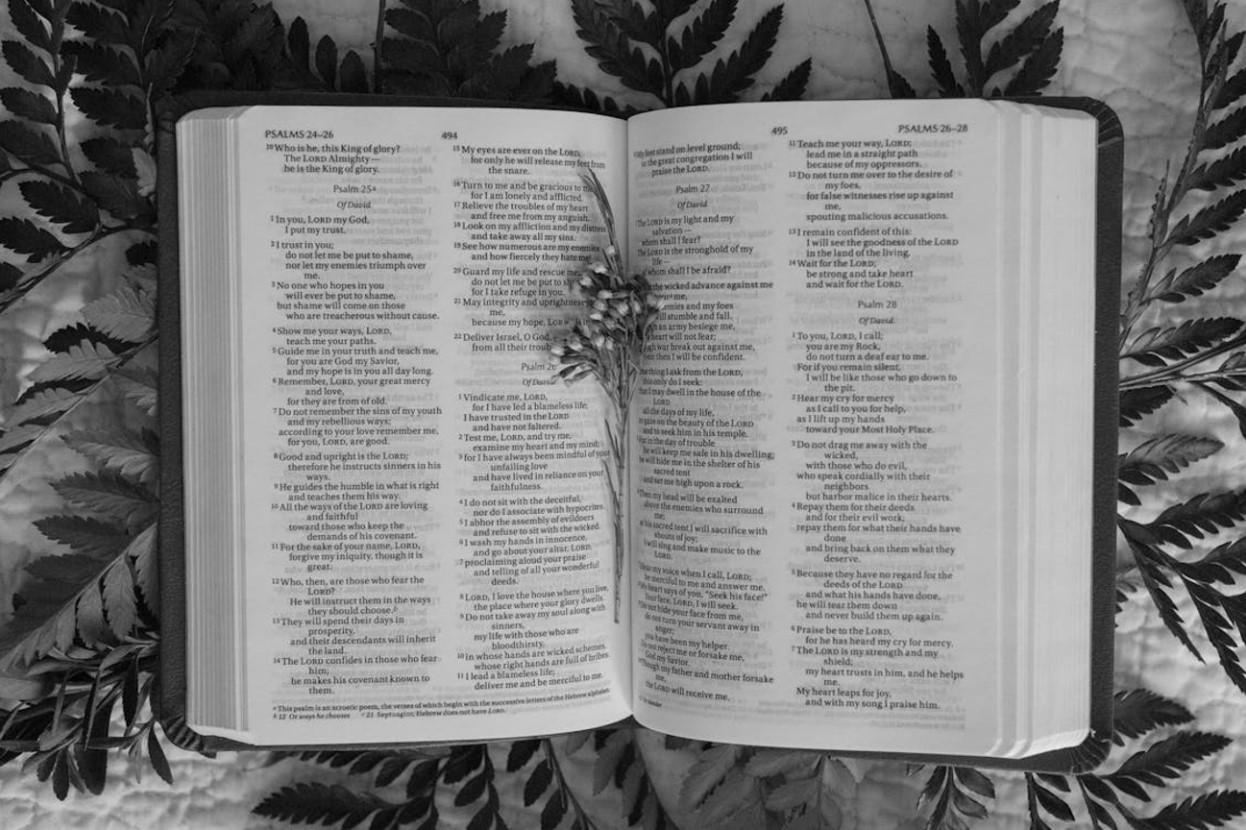
Source: Pexels
Answer:
C) A golden man
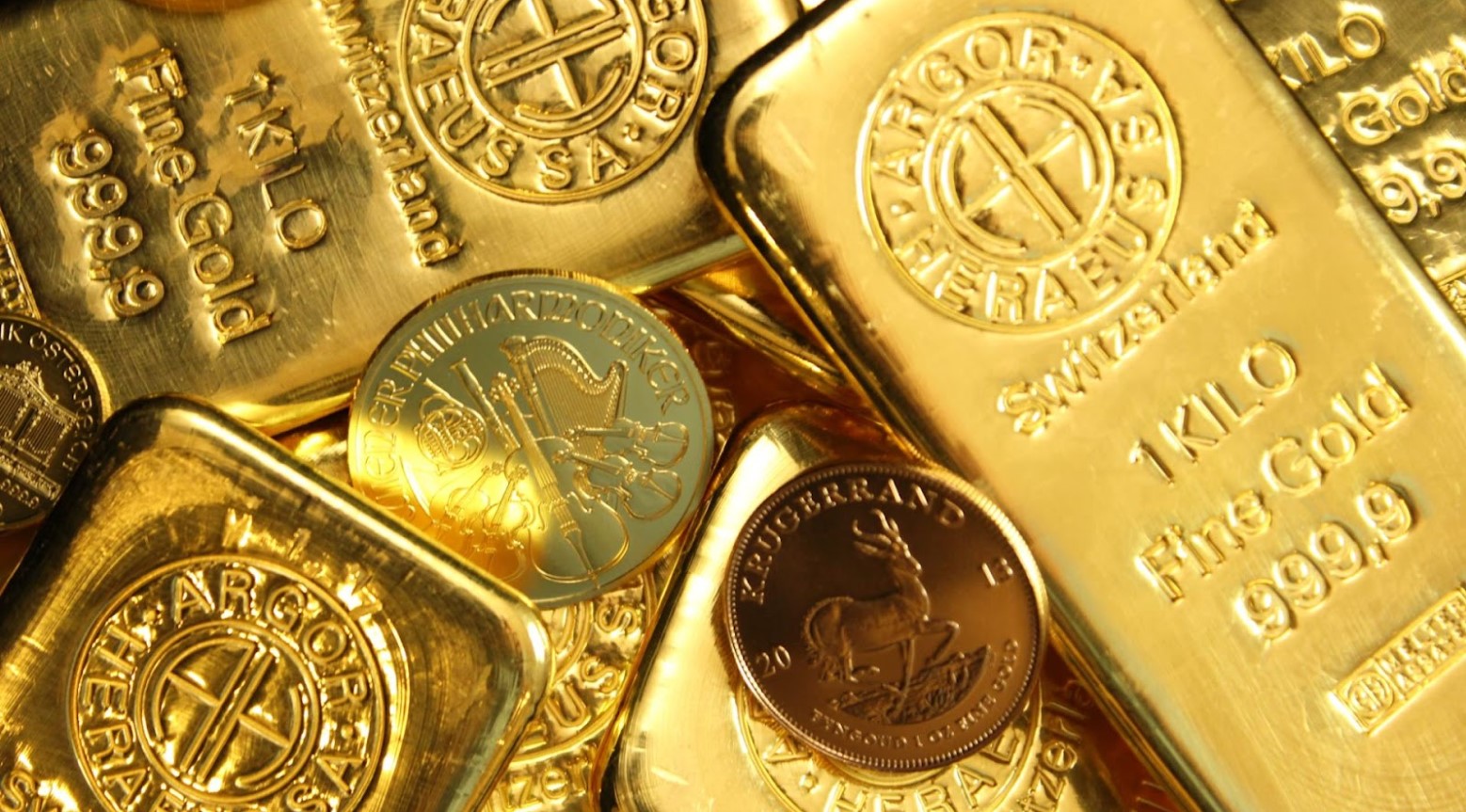
Source: Zlaťáky.cz/Unsplash
In which country did the Muisca people, associated with the El Dorado ceremony, live?
- A) Brazil
- B) Venezuela
- C) Colombia
- D) Peru
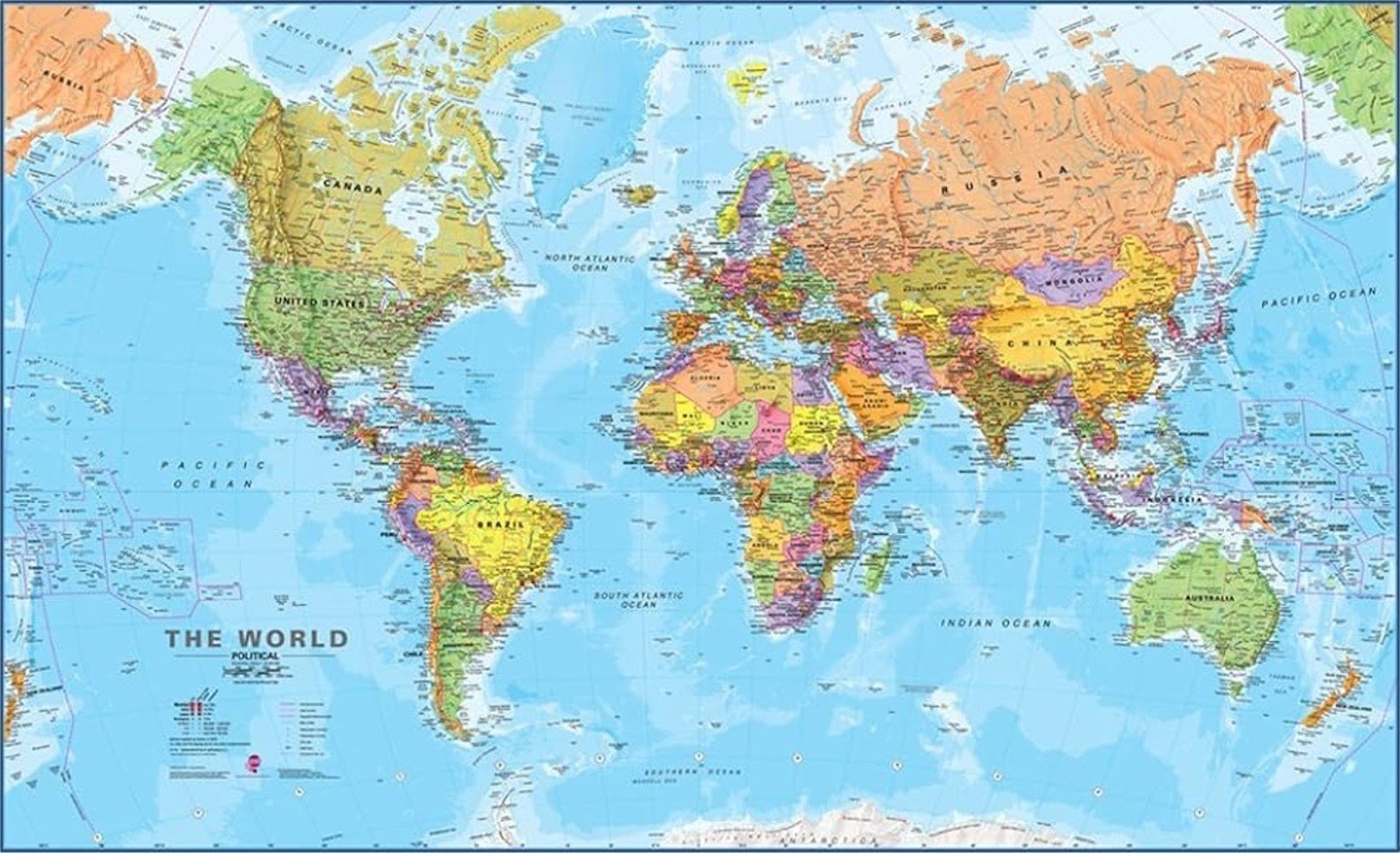
Source: Amazon
Answer:
C) Colombia

Source: NASA/Wikipedia
What was the main purpose of the Muisca El Dorado ceremony?
- A) To display wealth
- B) To find a new leader
- C) To offer tributes to the gods
- D) To prepare for war

Source: Smithsonian
Answer:
C) To offer tributes to the gods

Source: Canva
What material was not solely for material value but had spiritual significance to the Muisca people?
- A) Silver
- B) Tumbaga
- C) Iron
- D) Platinum
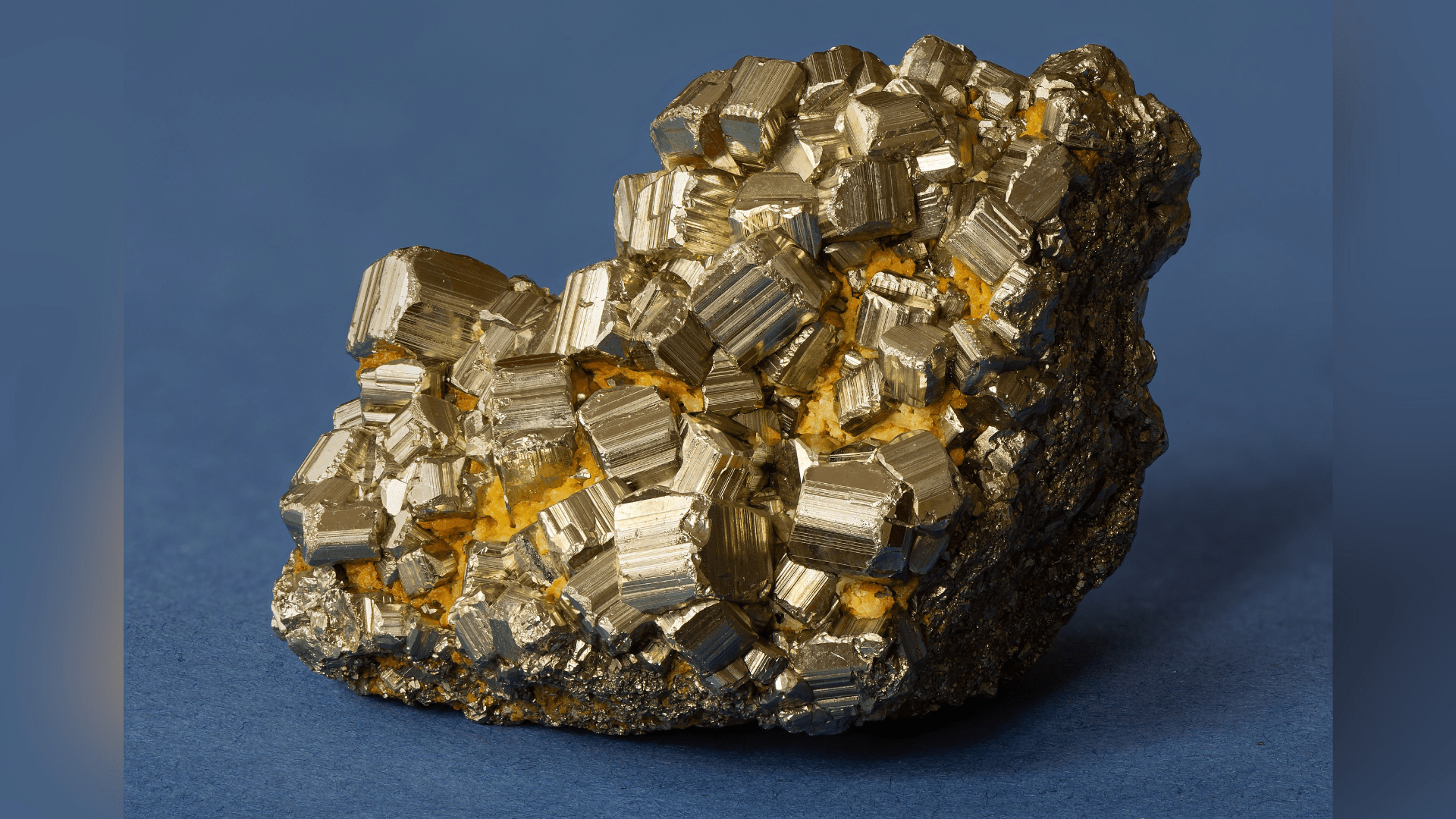
Source: Uoaei1/Wikimedia Commons
Answer:
B) Tumbaga
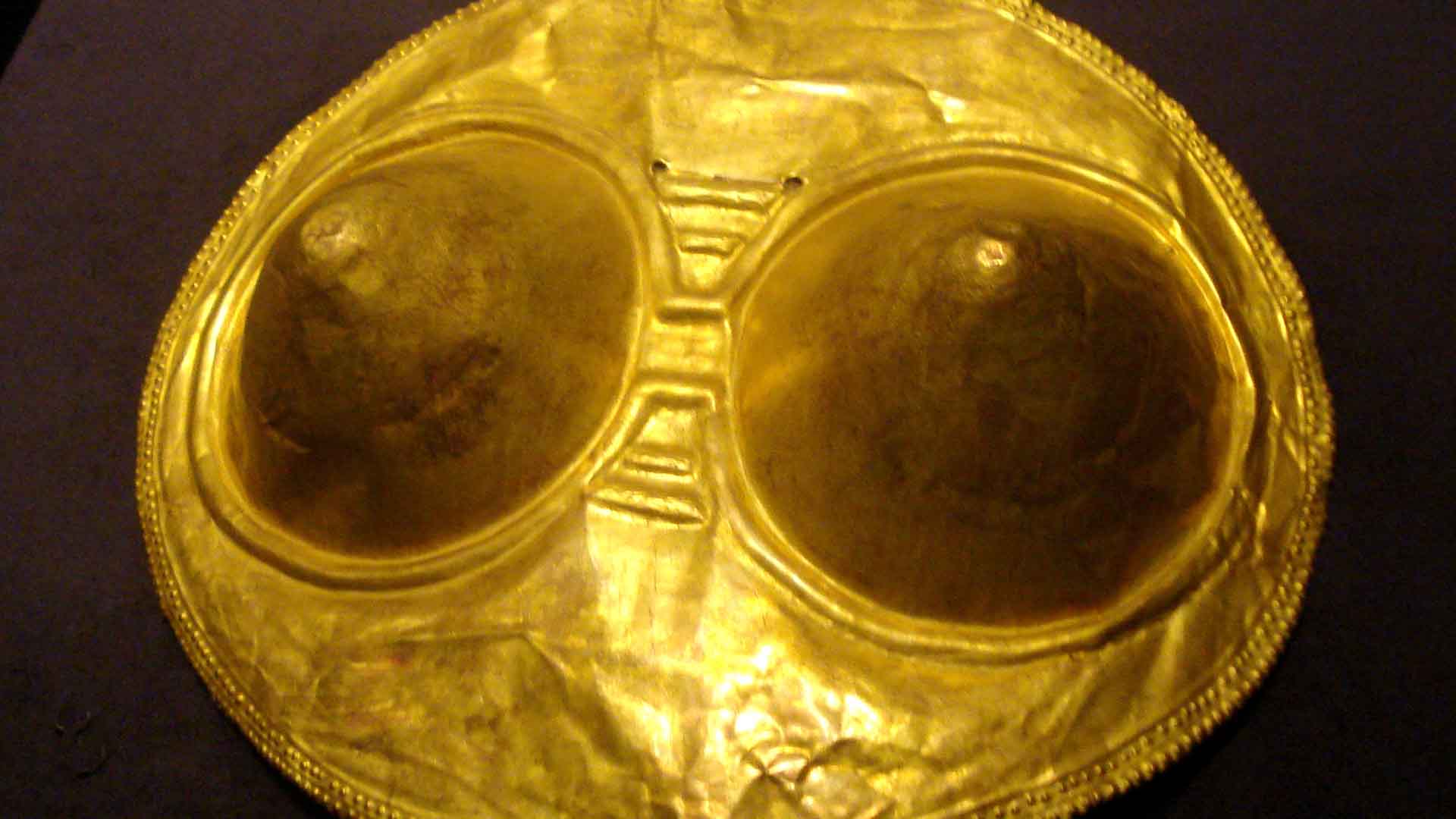
Source: Madman2001/Wikipedia
Which lake was central to the El Dorado ceremony?
- A) Lake Titicaca
- B) Lake Guatavita
- C) Lake Maracaibo
- D) Lake Atitlán
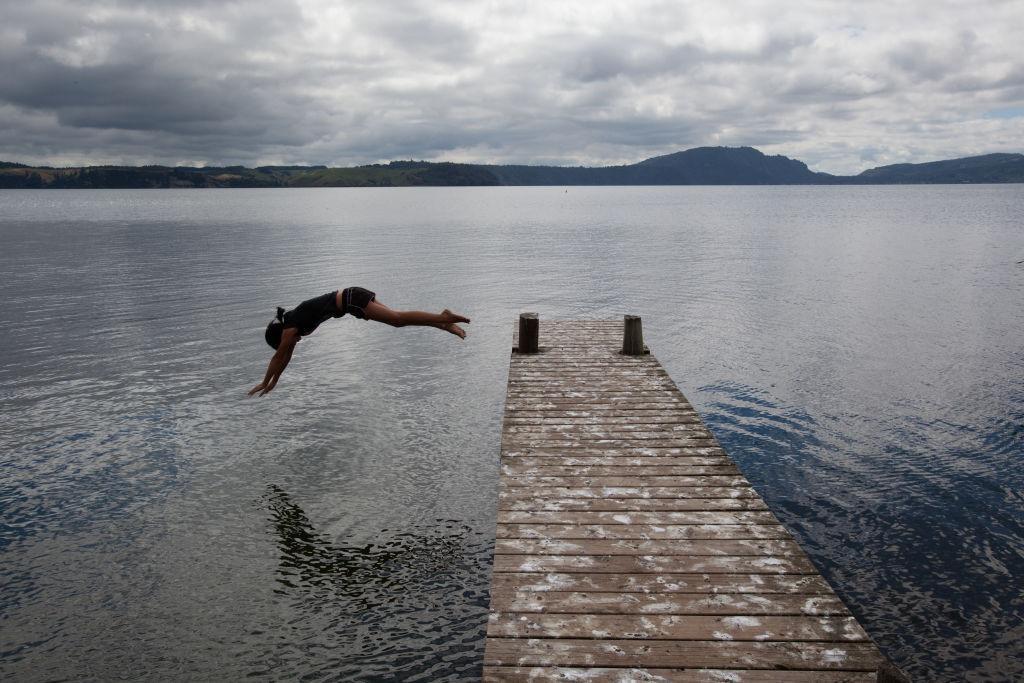
Source: Amy Toensing/Getty Images
Answer:
B) Lake Guatavita
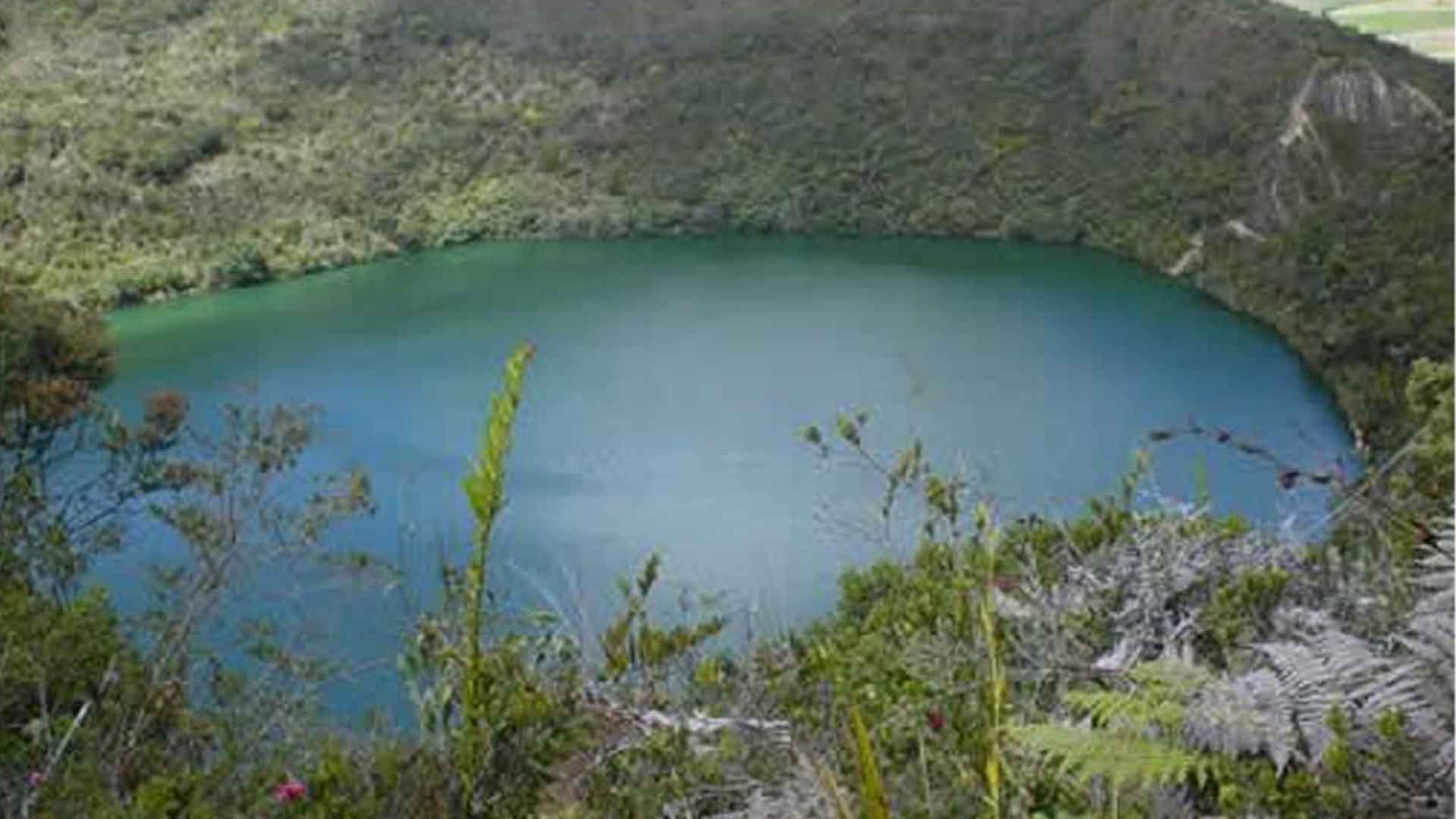
Source: Masanalv/Wikipedia
Who was the European explorer that made two trips to search for El Dorado in the early 17th century?
- A) Christopher Columbus
- B) Sir Francis Drake
- C) Hernán Cortés
- D) Sir Walter Raleigh
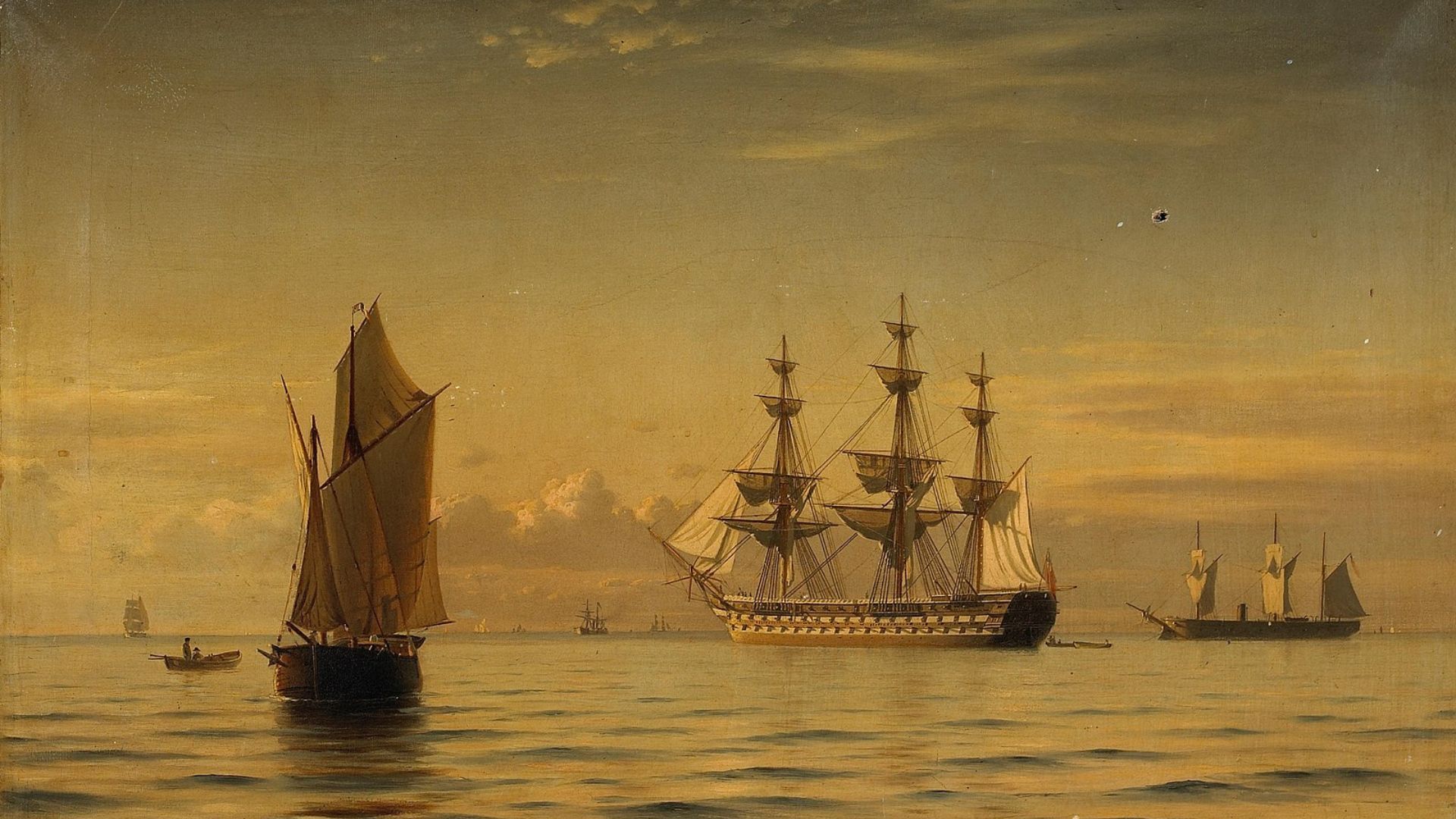
Source: Wikimedia Commons
Answer:
D) Sir Walter Raleigh
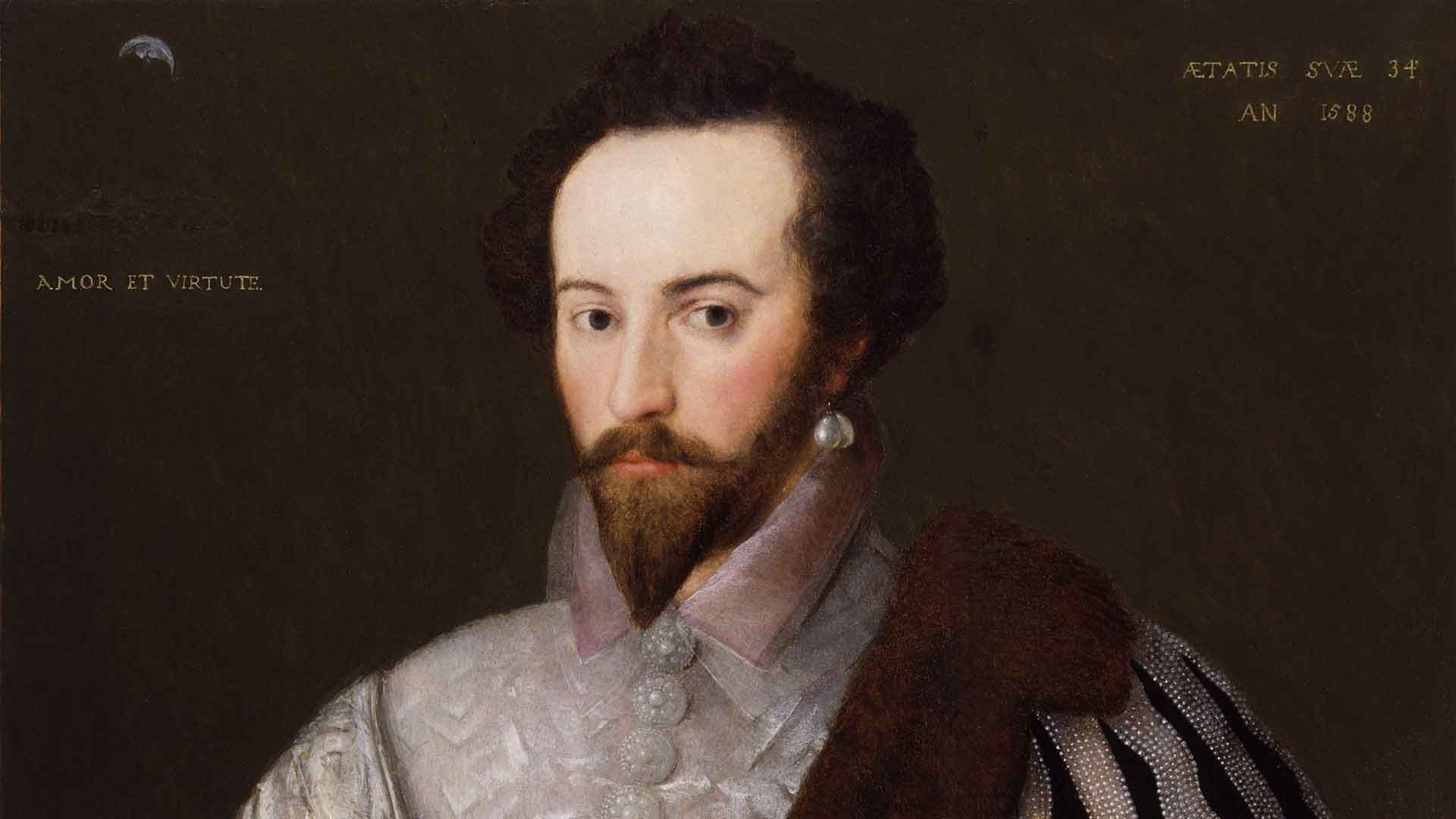
Source: Wikipedia
How did Europeans misinterpret the Muisca ceremony of El Dorado?
- A) As a healing ritual
- B) As a fertility ceremony
- C) As a myth of a city of gold
- D) As a declaration of war
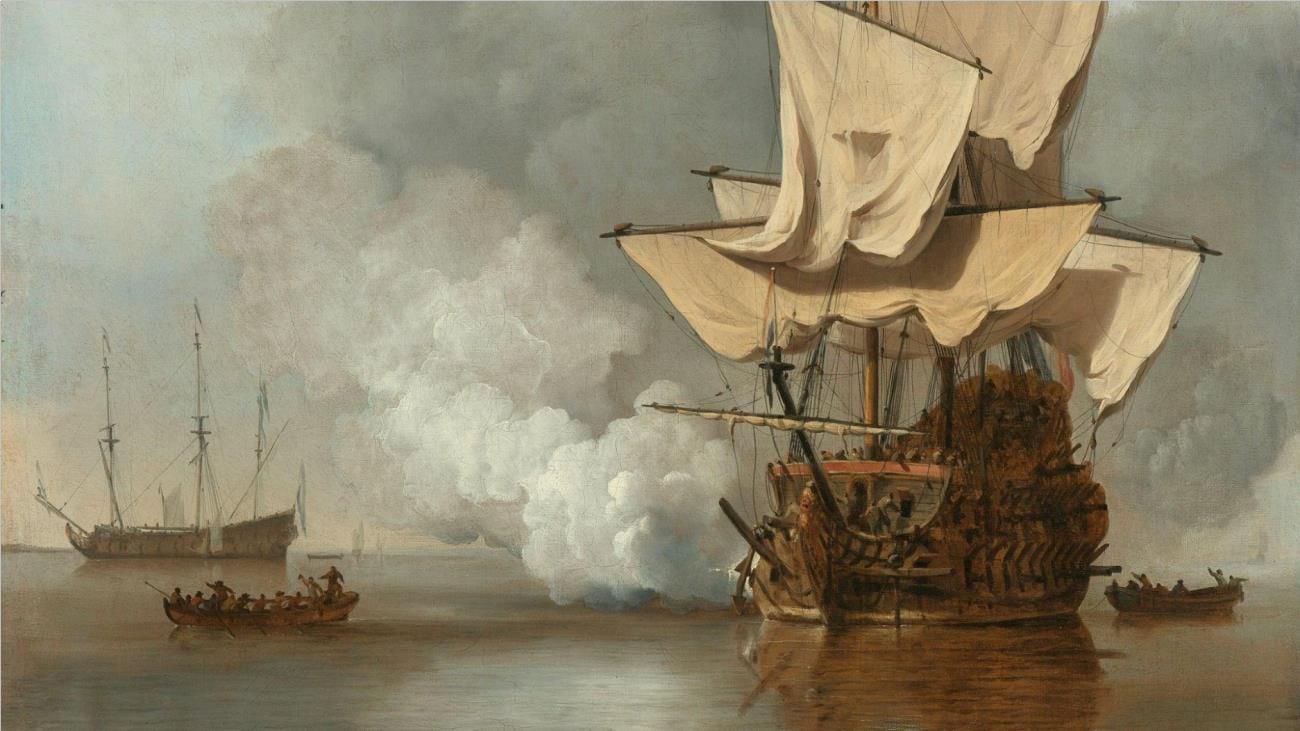
Source: Europeana/Unsplash
Answer:
C) As a myth of a city of gold
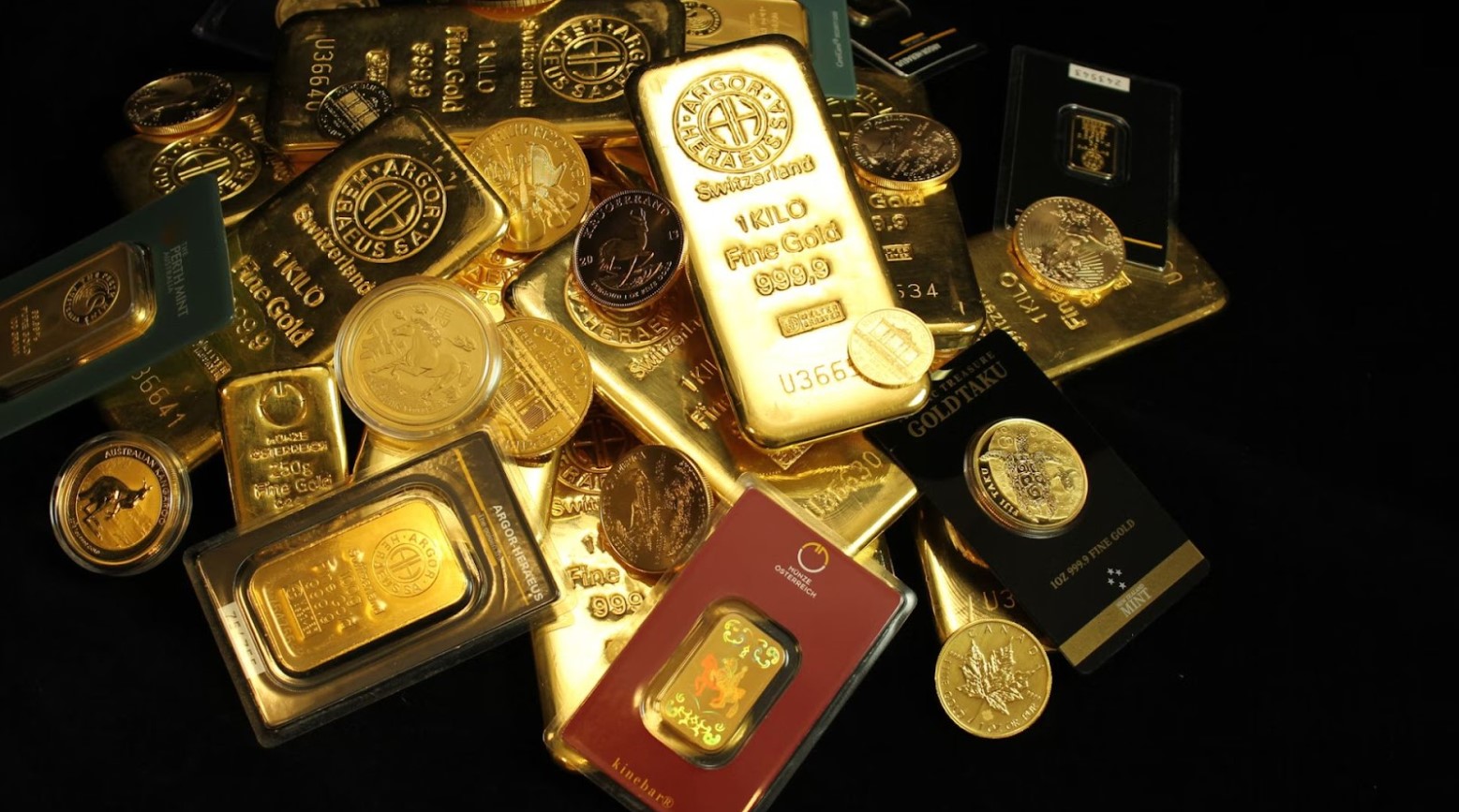
Source: Zlaťáky.cz/Unsplash
What is the metalworking process used by the Muisca to create gold objects for offerings?
- A) Forging
- B) Lost wax process
- C) Smelting
- D) Enameling
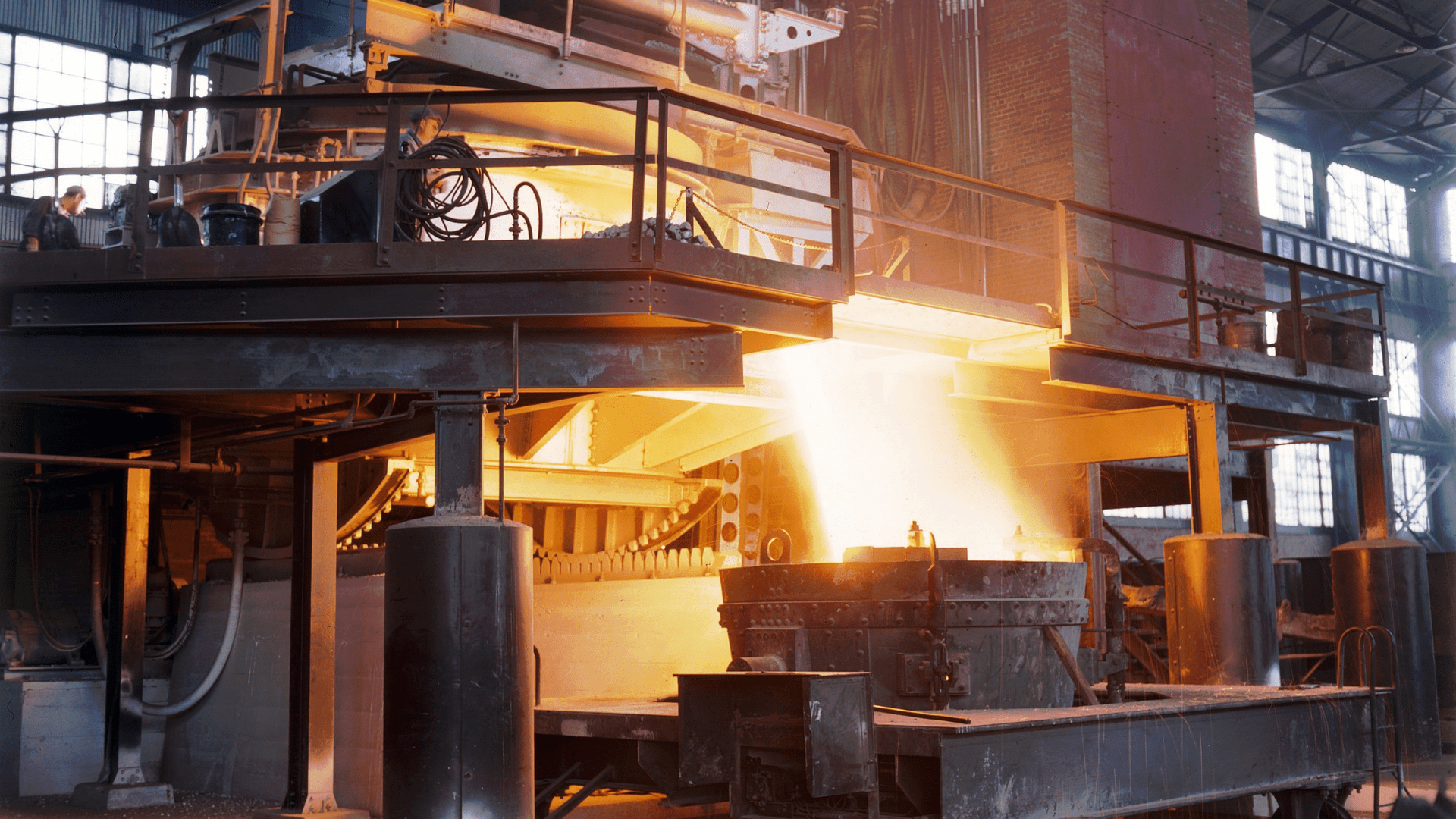
Source: Alfred T. Palmer/Wikimedia Commons
Answer:
B) Lost wax process
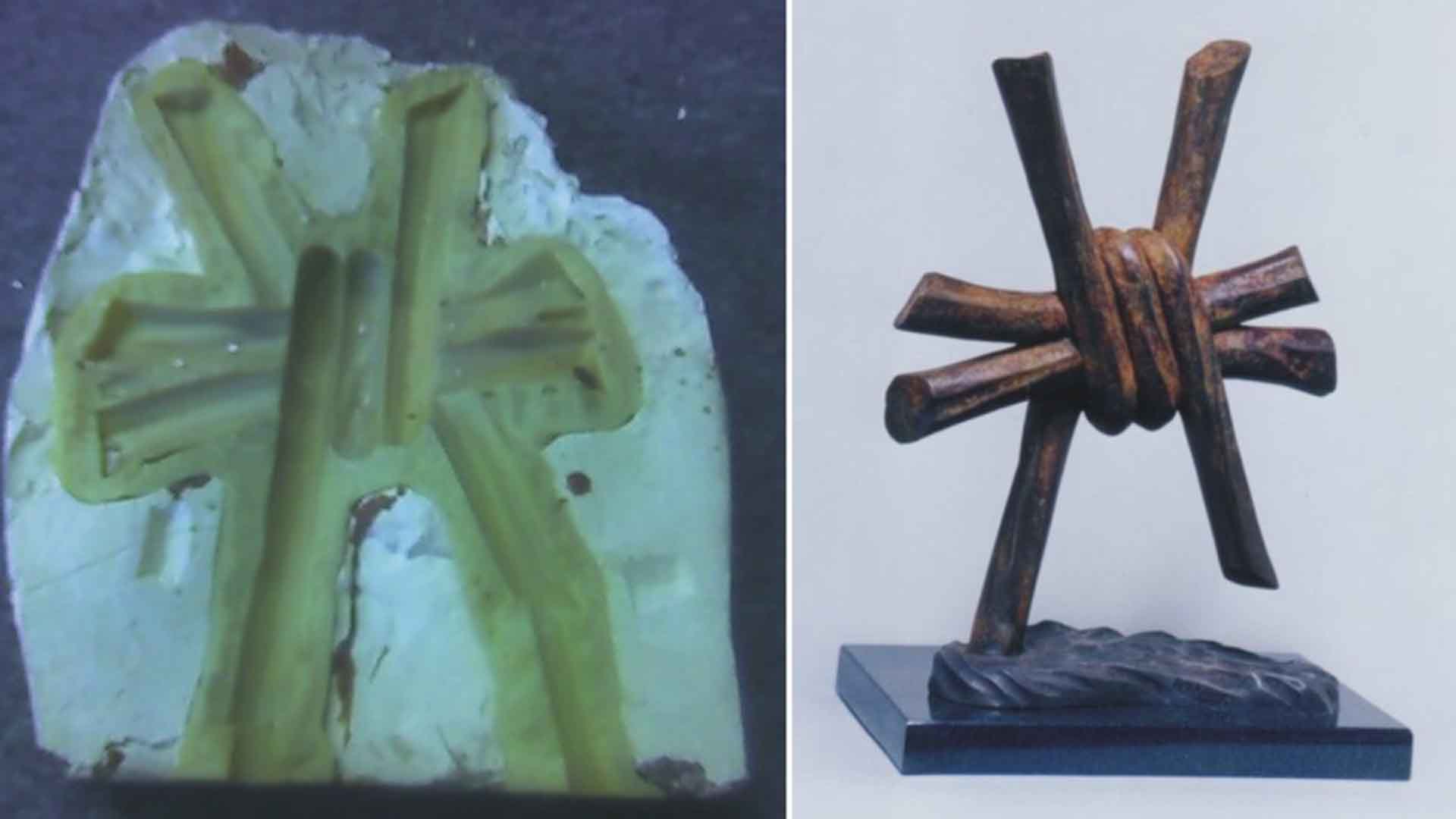
Source: Wikipedia
What percentage of Muisca production was dedicated to votive offerings, according to experts?
- A) Over 25%
- B) Over 50%
- C) Over 75%
- D) Over 90%
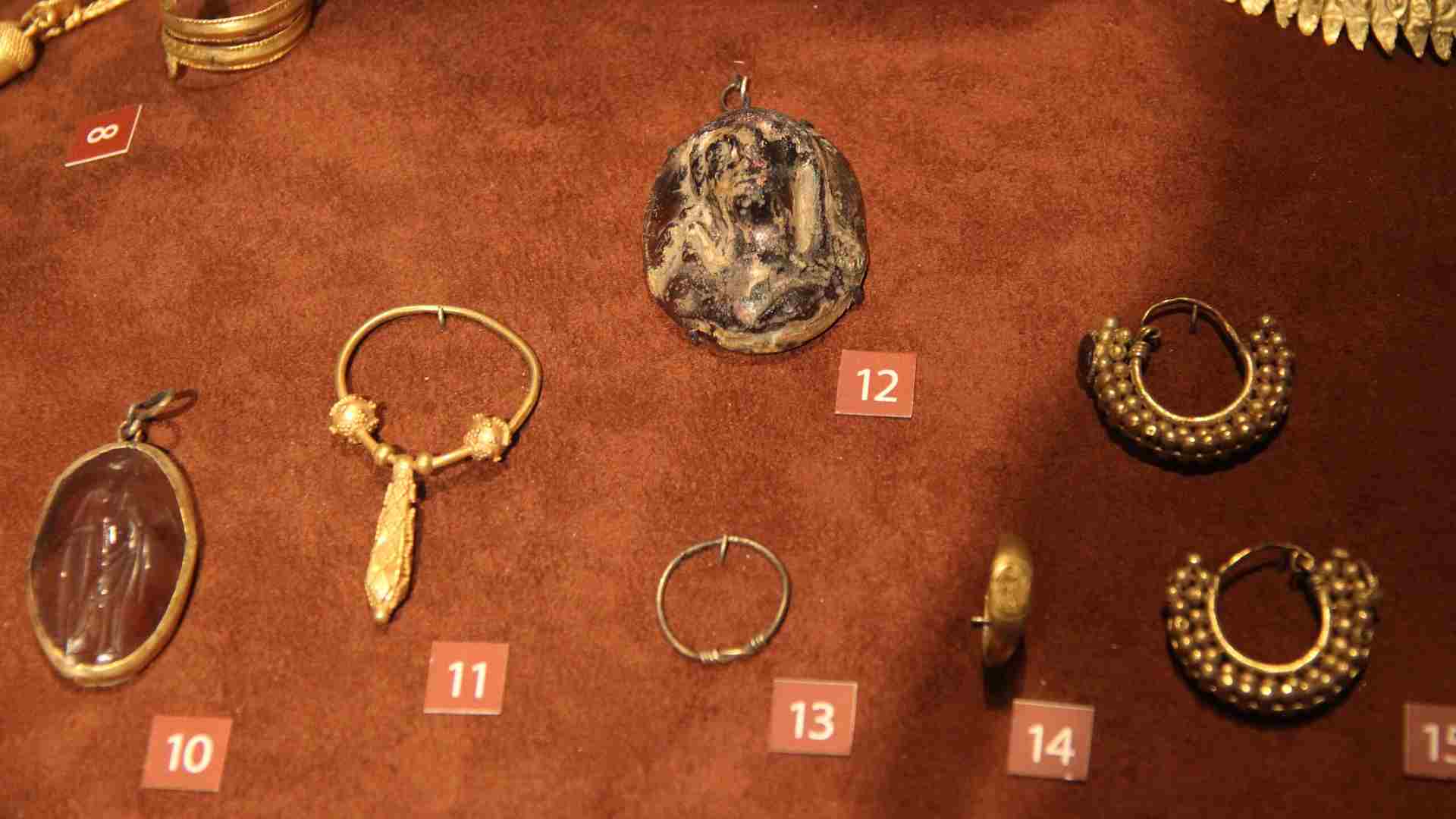
Source: Gary Todd/Wikimedia
Answer:
B) Over 50%
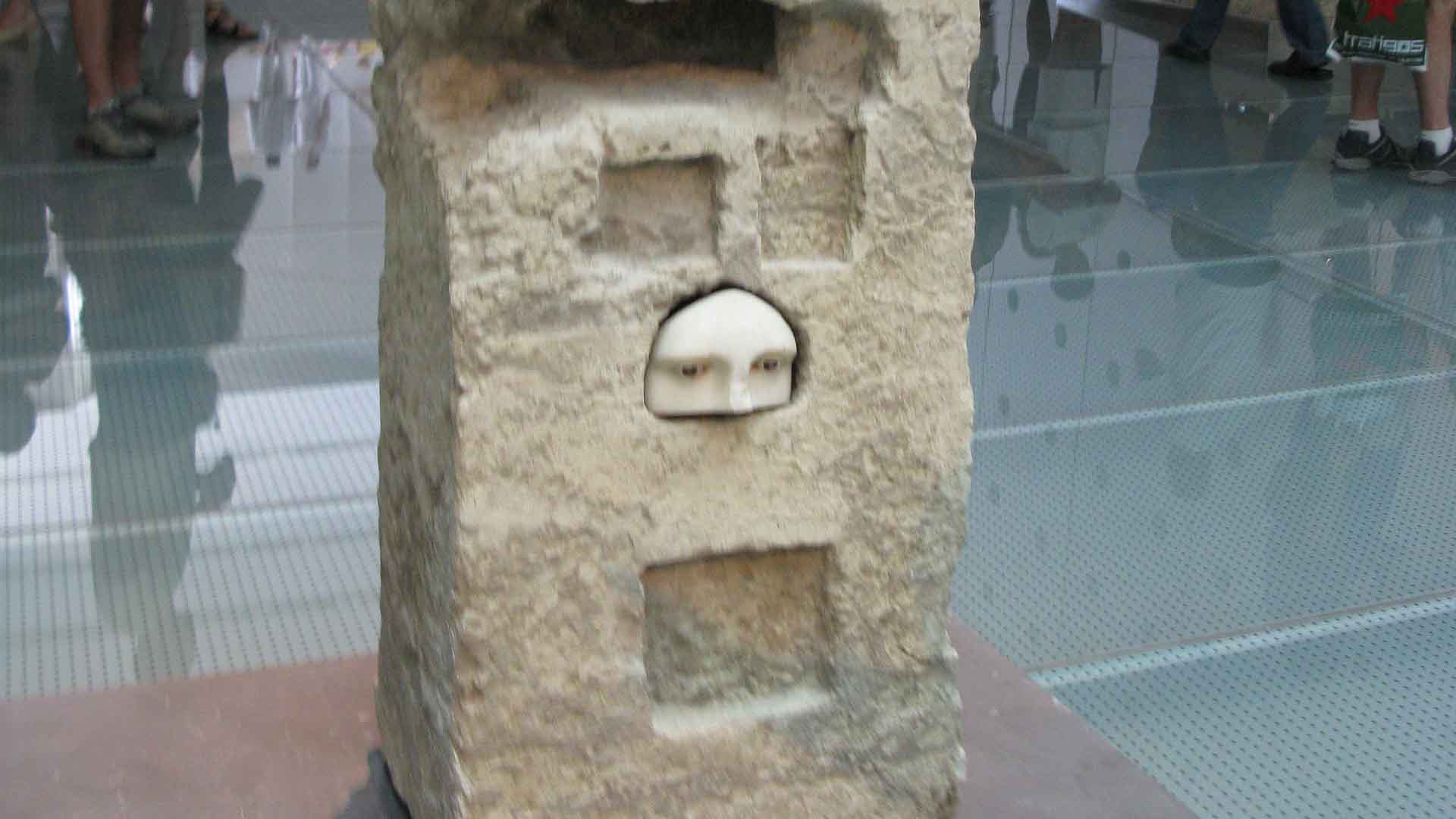
Source: Tilemahos Efthimiadis/Wikipedia
What does gold represent to the Muisca people, contrary to European belief?
- A) Power
- B) Wealth
- C) An offering
- D) A currency

Source: Pixabay/Pexels
Answer:
C) An offering
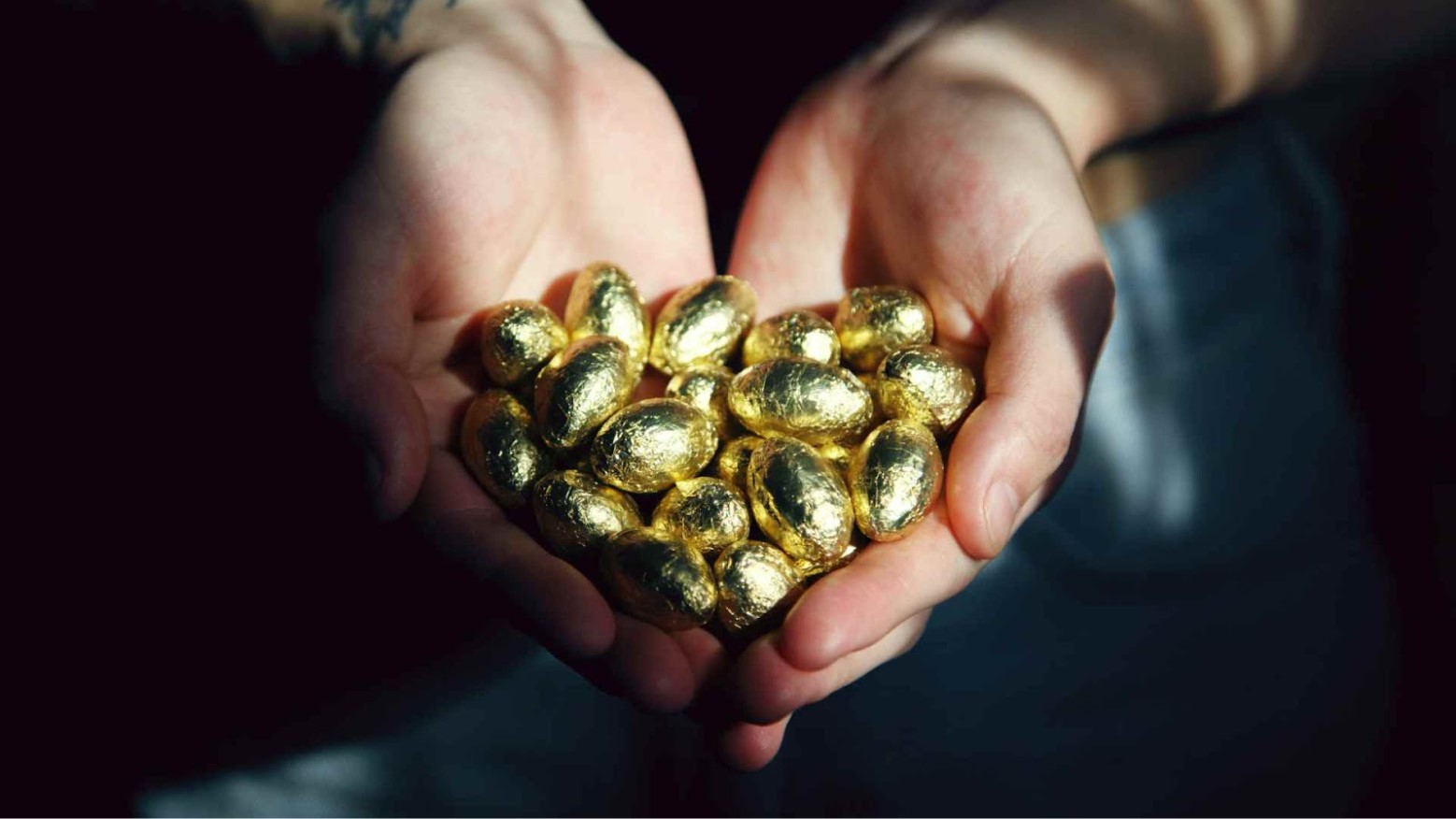
Source: Alexander Grey/Unsplash
Which institution in Bogota is known for its research and exhibits on the Muisca and their gold?
- A) National Museum of Colombia
- B) Museo del Oro
- C) Bogota Historical Museum
- D) Colombian Museum of Archeology

Source: Freepik
Answer:
B) Museo del Oro
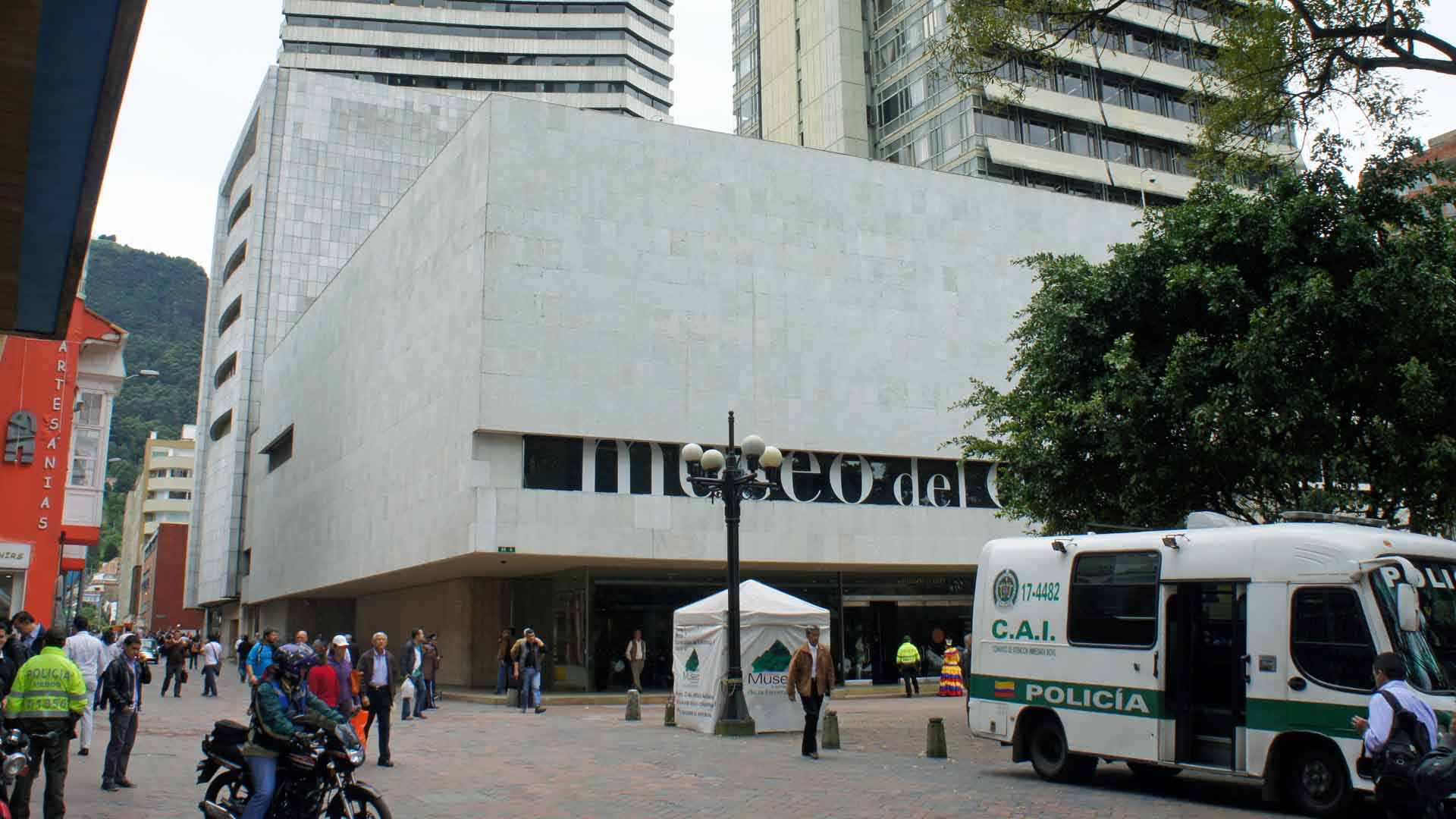
Source: Mariordo (Mario Roberto Durán Ortiz)/Pexels
Which artifact found in 1969 provides physical evidence of the El Dorado ceremony as described by early chroniclers?
- A) A gold crown
- B) A gold mask
- C) A gold raft
- D) A gold chalice
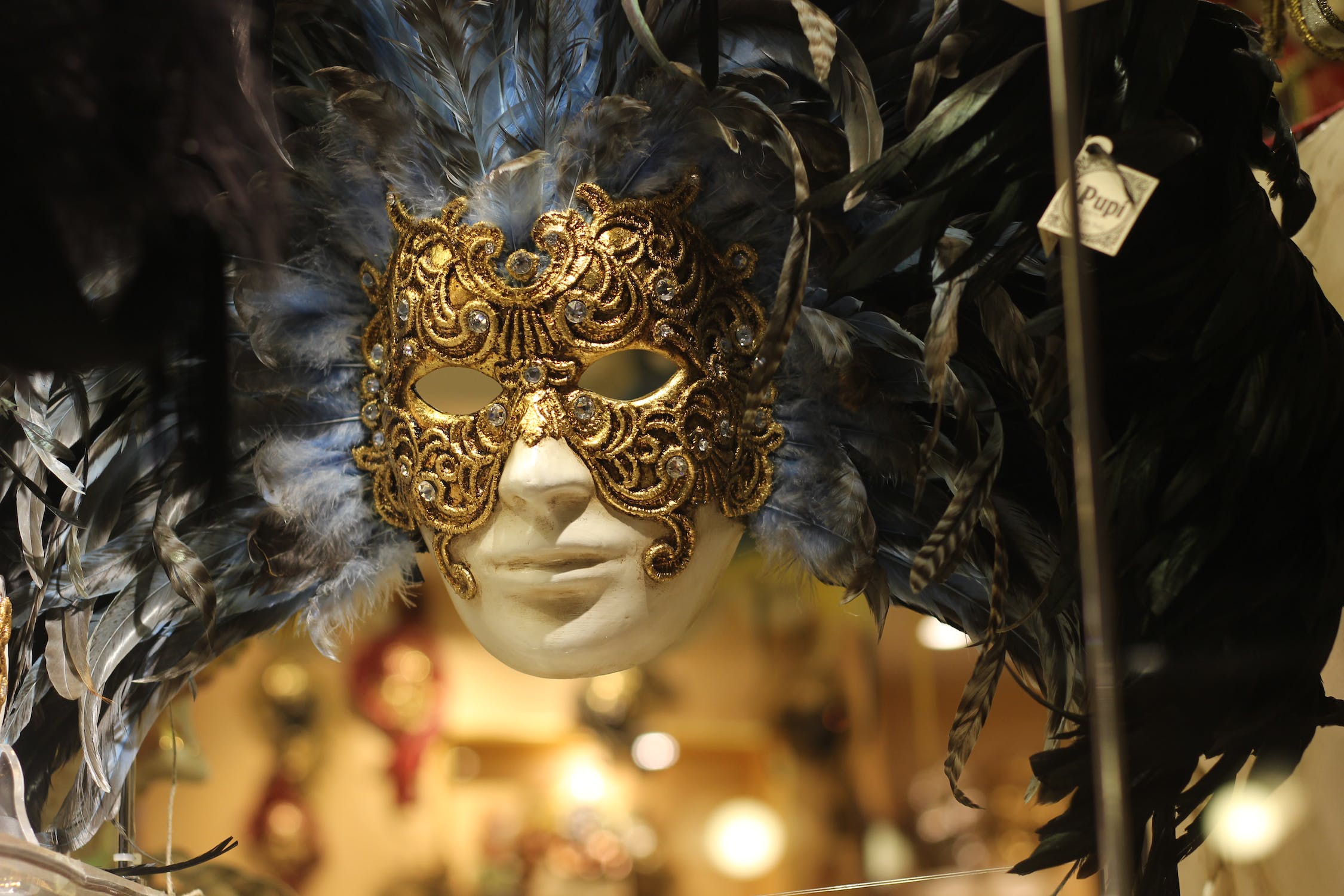
Source: Carolina Spork/Pexels
Answer:
C) A gold raft

Source: Tisquesusa/Wikipedia
Who wrote the account that gives one of the best descriptions of the El Dorado ceremony?
- A) Gonzalo Jiménez de Quesada
- B) Juan Rodriguez Freyle
- C) Francisco Pizarro
- D) Bartolomé de las Casas

Source: SHVETS production/Pexels
Answer:
B) Juan Rodriguez Freyle
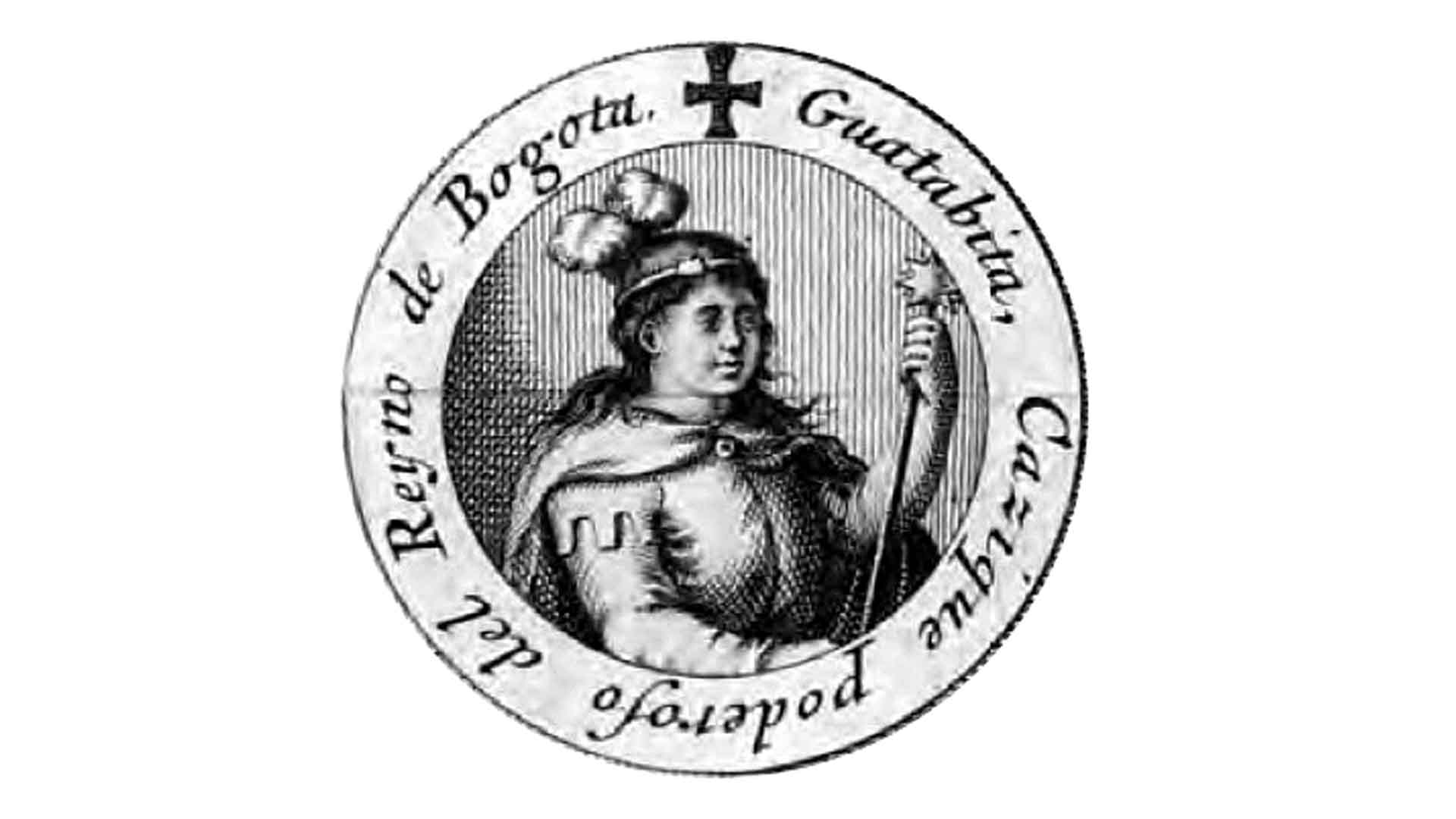
Source: Frank Ballesteros/Wikipedia
How did the European conquerors’ interpretation of gold differ from that of the Muisca people?
- A) They viewed it as purely decorative
- B) They saw it as a symbol of divine right
- C) They considered it as a material for weaponry
- D) They regarded it as a source of wealth

Source: Andrev Sachov/Unsplash
Answer:
D) They regarded it as a source of wealth
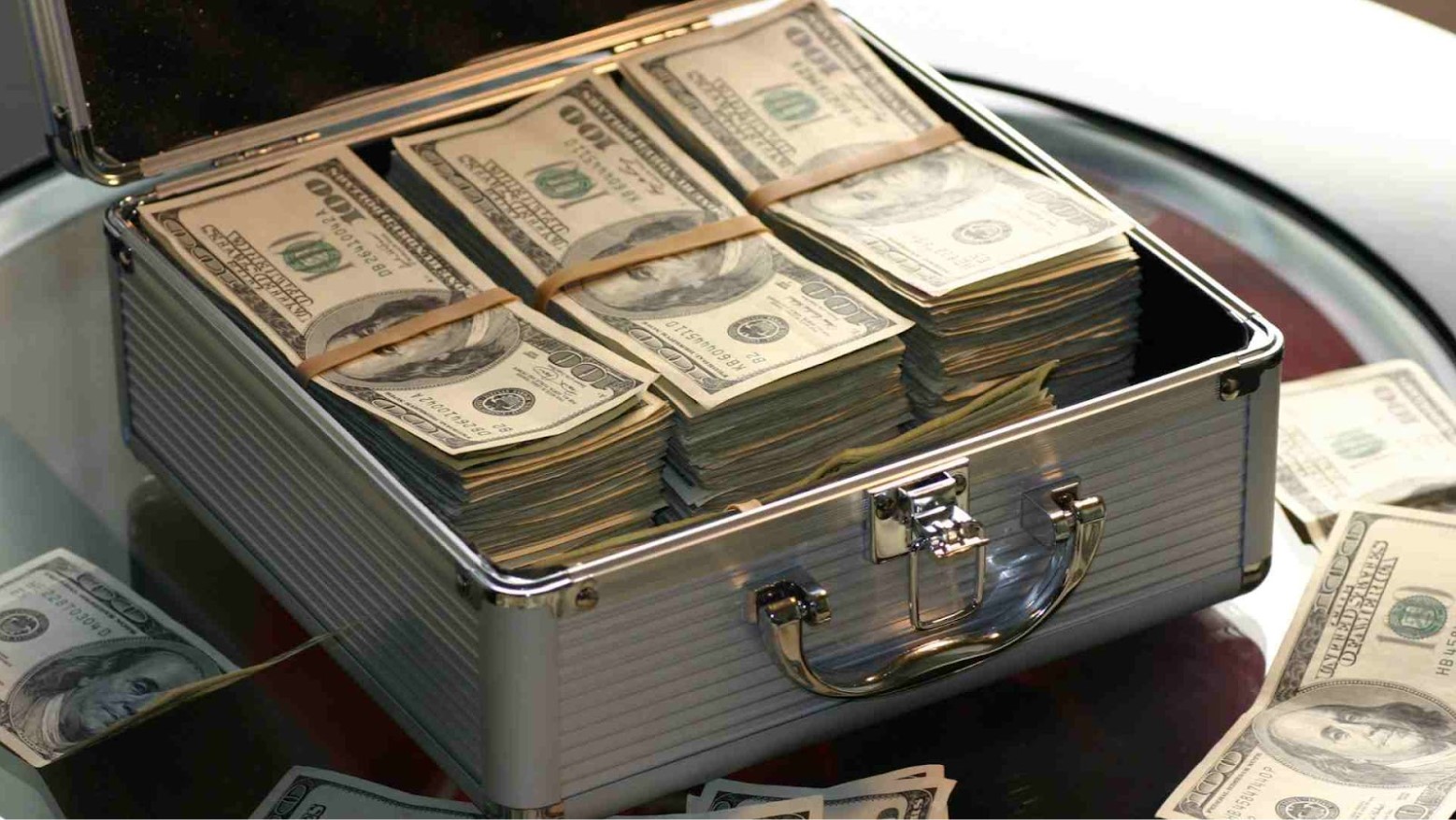
Source: Pixabay/Pexels
What outcome has resulted from the misinterpretation and legend of El Dorado over the years?
- A) Increased cultural appreciation
- B) Scientific advancements in metalworking
- C) Widespread looting and loss of cultural artifacts
- D) Peaceful integration of different cultures
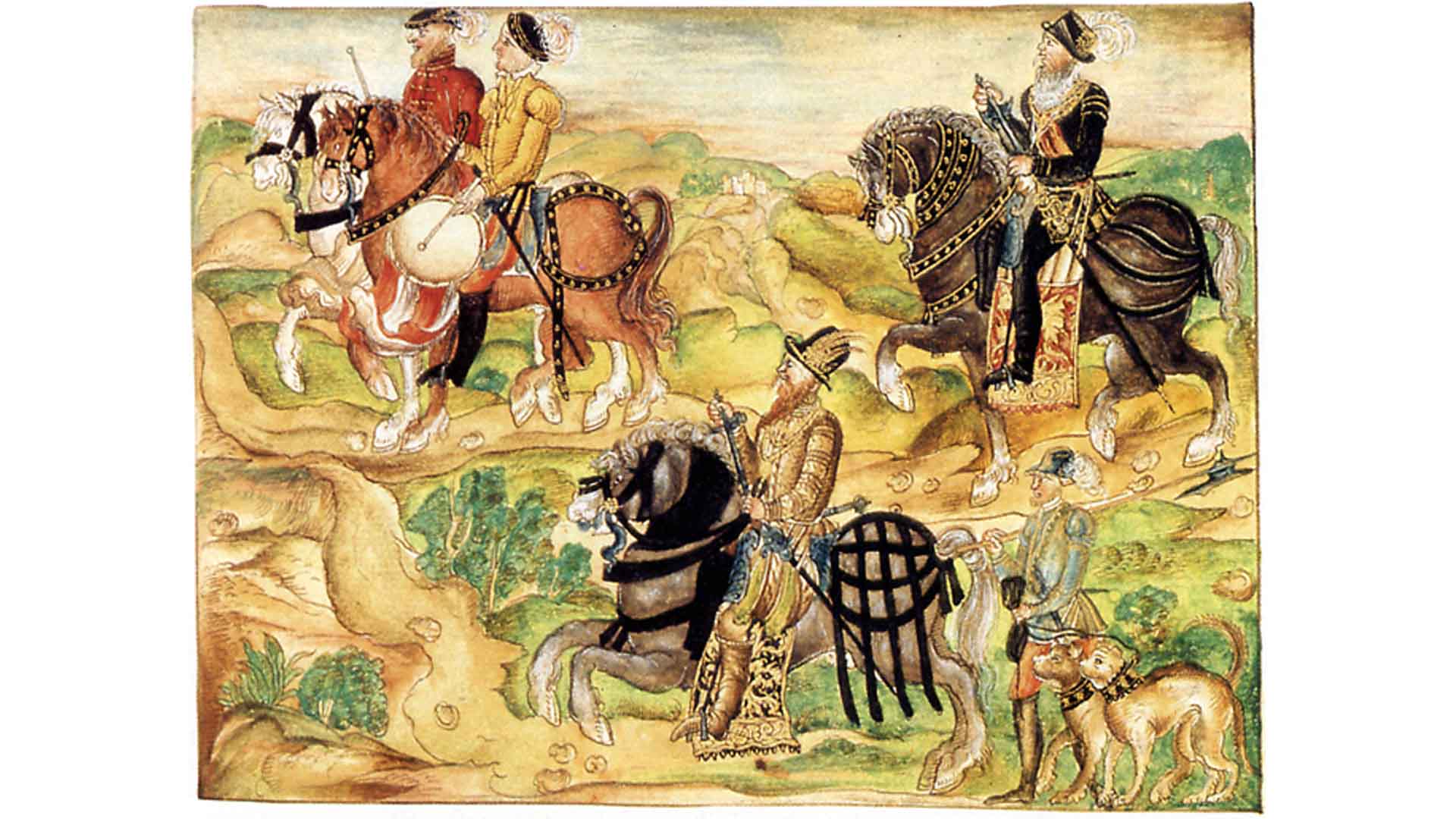
Source: Hieronymus Köler/Wikipedia
Answer:
C) Widespread looting and loss of cultural artifacts
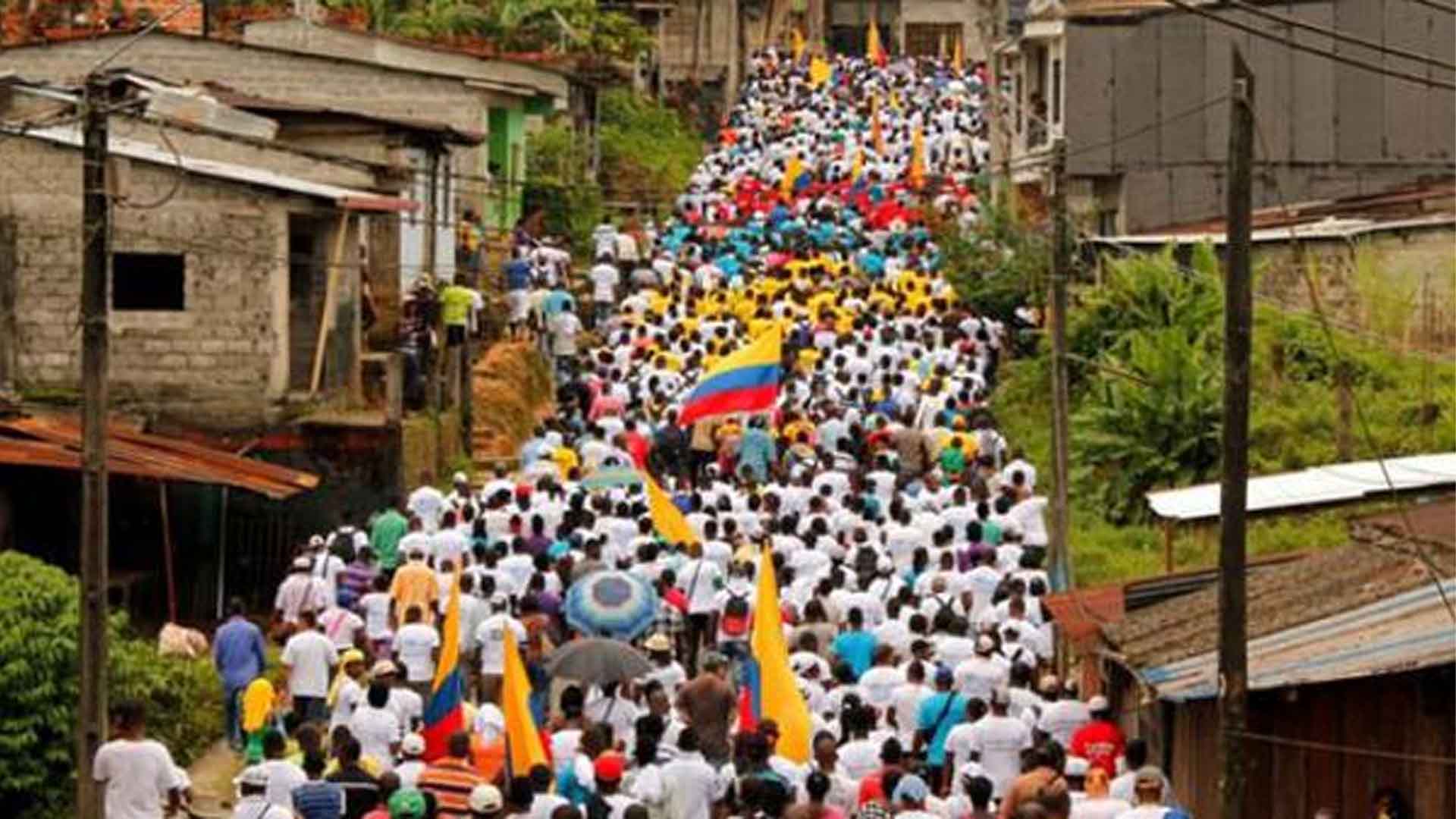
Source: NACLA
